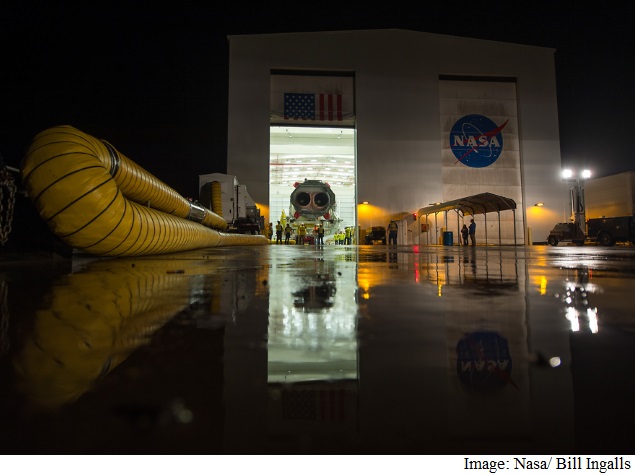
However, the impact on environment would be massive if commercial jets – and there are thousands of them zipping across the globe at any given time – start flying at supersonic speeds.
Supersonic engine burns more fuel than a traditional jet engine.
Nasa said that supersonic jets also travel at higher altitudes than regular jets, closer to the stratosphere and have a greater potential to damage the ozone layer.
The agency has been engaged in developing the concepts with companies like Lockheed-Martin and Boeing since 2006 to make new generation of planes that get you places very quickly.
Another big concern is the noise that supersonic jets create, as anyone who has ever been near the Concorde’s flight path would tell you.
If supersonic jets are to become the norm, they must be a lot quieter, or one could go deaf.
Nasa was quoted as saying by Quartz that it has already had some “pretty outstanding success” in past attempts to reduce the sound of supersonic booms.
They said that if all goes according to plan, it sees the first business jet-sized supersonic planes going into production by 2025 and commercial planes by 2030
[“source-gadgets.ndtv.com”]







